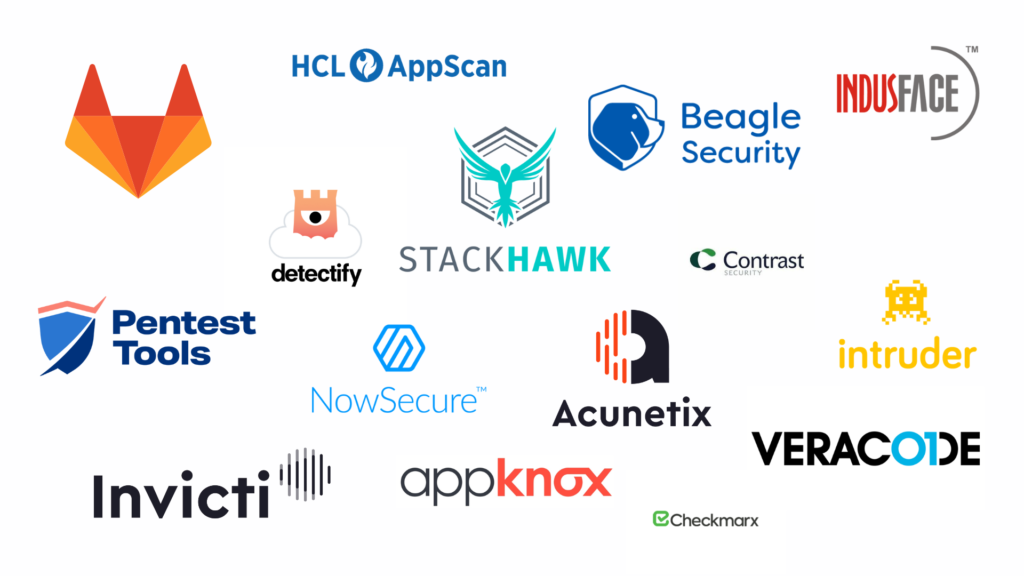
In today’s fast-paced software development world, continuous security testing (CST) is critical for ensuring secure applications from the start. With numerous tools available in 2024, choosing the right one depends on your specific needs and preferences. Following is a breakdown of some popular categories and their leading contenders:
Static Application Security Testing (SAST):
- SonarQube: A popular open-source platform offering SAST for various languages, identifying security vulnerabilities and code quality issues.
- Checkmarx: A comprehensive SAST tool with advanced capabilities for detecting vulnerabilities, insecure coding practices, and compliance issues.
- Fortify SCA: A powerful enterprise-grade SAST tool from Micro Focus, ideal for large organizations and complex codebases.
Dynamic Application Security Testing (DAST):
- Acunetix: A popular DAST tool for web applications, offering comprehensive vulnerability scanning and manual testing capabilities.
- Burp Suite: A versatile suite for web application security testing, providing various tools for manual and automated DAST, including a web proxy, scanner, and intruder.
- Invicti Security Scanner: A cloud-based DAST tool offering comprehensive scanning and reporting capabilities for web applications.
Interactive Application Security Testing (IAST):
- Kenna Security: Offers KAST, an IAST solution that identifies vulnerabilities and exploits during runtime, providing valuable insights into application behavior.
- AppScan Dynamic: From IBM, provides IAST capabilities for web applications, helping identify vulnerabilities during dynamic testing.
- Veracode: Offers IAST as part of its platform, providing comprehensive security testing throughout the software development lifecycle.
Software Composition Analysis (SCA):
- Snyk: Offers a cloud-based SCA platform that identifies vulnerabilities in open-source libraries and third-party components.
- WhiteSource: Another popular SCA tool, providing vulnerability detection, license compliance management, and risk assessment for open-source components.
- BlackDuck: From Synopsys, offers SCA capabilities for managing open-source risks and vulnerabilities in your software supply chain.
Choosing the Right Tool:
- Development environment: Consider the programming languages and frameworks used in your projects.
- Security needs: Evaluate the level of vulnerability detection, compliance features, and integration with your security stack.
- Workflow integration: Choose tools that integrate seamlessly with your CI/CD pipeline for continuous security testing.
- Budget: Open-source options exist, but advanced features and enterprise-grade support often require paid subscriptions.
Emerging Trends:
- Shift-left security: Integrating CST tools earlier in the development lifecycle for proactive security measures.
- AI-powered security testing: Tools leveraging AI and machine learning for more accurate vulnerability detection and risk assessment.
- Cloud-based solutions: Gaining popularity for their scalability and ease of use.
Continuous security testing is not a one-size-fits-all solution. Explore different tools, consider free trials, and involve your development and security teams to find the best fit for your specific needs and environment. By embracing CST, you can build secure applications with confidence and speed in this ever-evolving landscape.
Say goodbye to the hassles of bike ownership! MotoShare.in offers affordable rentals, whether you need a scooter for errands, a bike for a road trip, or a reliable ride to explore new cities.

 Starting: 1st of Every Month
Starting: 1st of Every Month  +91 8409492687
+91 8409492687  Contact@DevOpsSchool.com
Contact@DevOpsSchool.com
